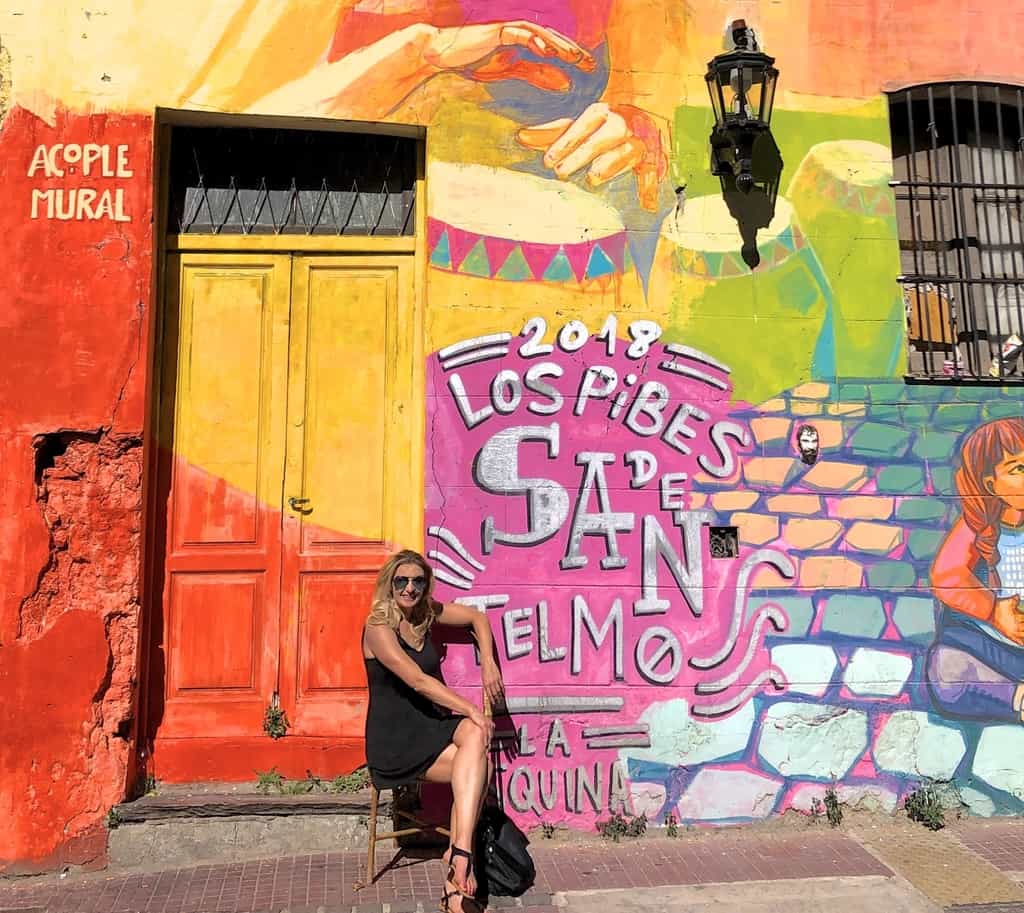
Buenos Aires
“What’s new, Buenos Aires?!?”… this Madonna song has been on repeat in my head since I touched down in Argentina. I’m so excited to finally experience this vibrant capital, known for it’s cultural blend of European glamour and Latin American passion. With wide tree-lined boulevards, cobblestone streets dotted with cafes and impressive architecture that combines old world with new, it’s easy to see why Buenos Aires is often referred to as the “Paris of the South.” Argentina’s bustling metropolis is know for tango, steak and Malbec… but the friendly locals will prove BA has so much more to offer in addition to this trifecta. The three million porteños (port dwellers) who call this city home savor fútbol, culture and nightlife, taking the energy to a new level once the sun sets.
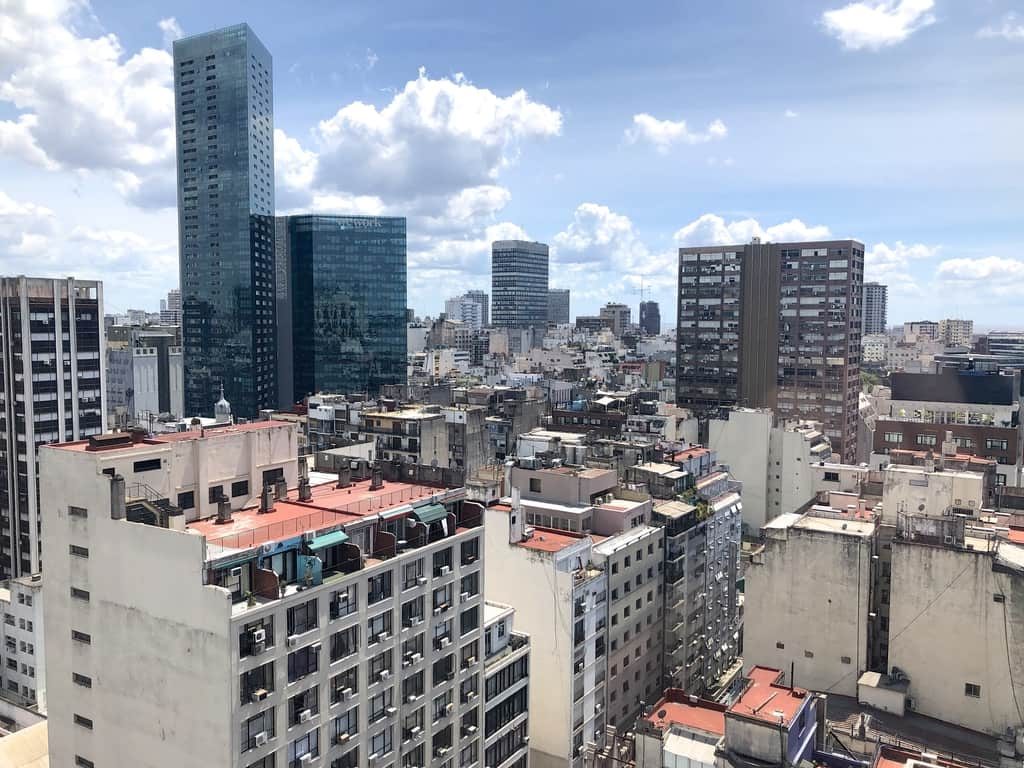
Buenos Aires is made up of distinctive neighborhoods, each with their own character. So after experiencing the city’s vibrant nightlife that parties on until dawn… pull yourself out of bed, grab an espresso and start exploring!!
The Centro neighborhood is BA’s historic heart. The original main square, Plaza de Mayo, is the place where Argentines gather in emphatic protest or triumphant celebration and is lined with several significant buildings including the Casa Rosado. Named for its colored facade, the Pink House is home to the government’s executive branch… but while the Argentine president works here, he lives elsewhere. The balcony serves as a presidential podium where Eva Perón famously addressed the crowd of impassioned supporters packed into the plaza.
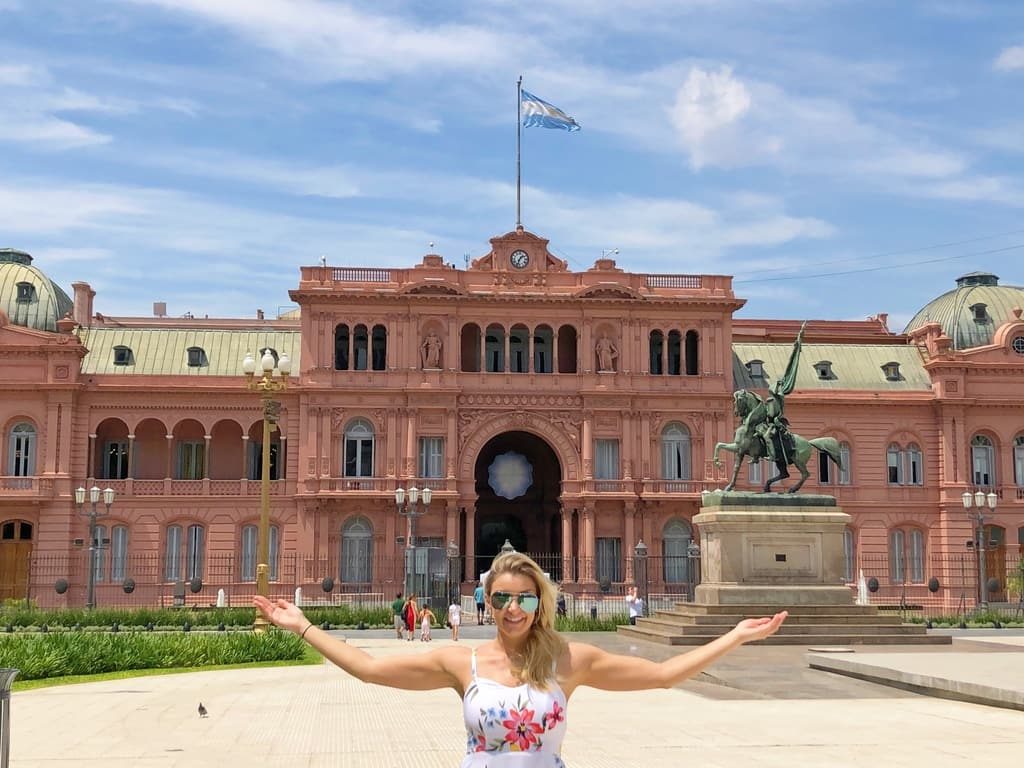
To the east lies Puerto Madero, the former port area that’s now home to modern skyscrapers, cafes and restaurants, fancy hotels and boutique shops.
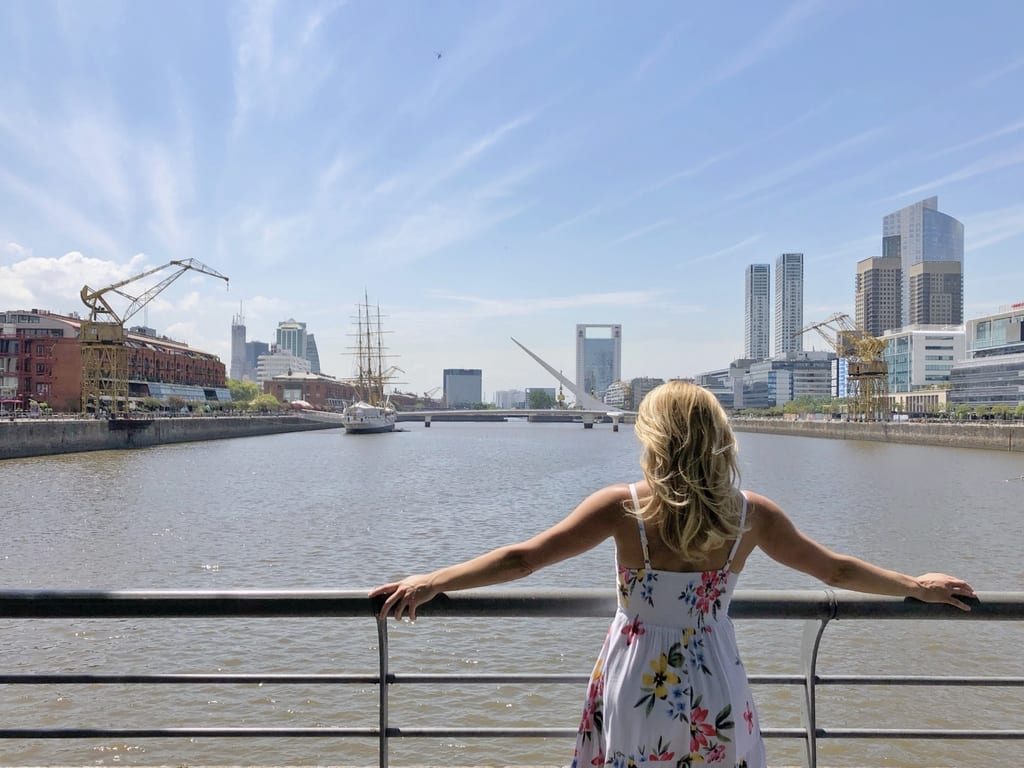
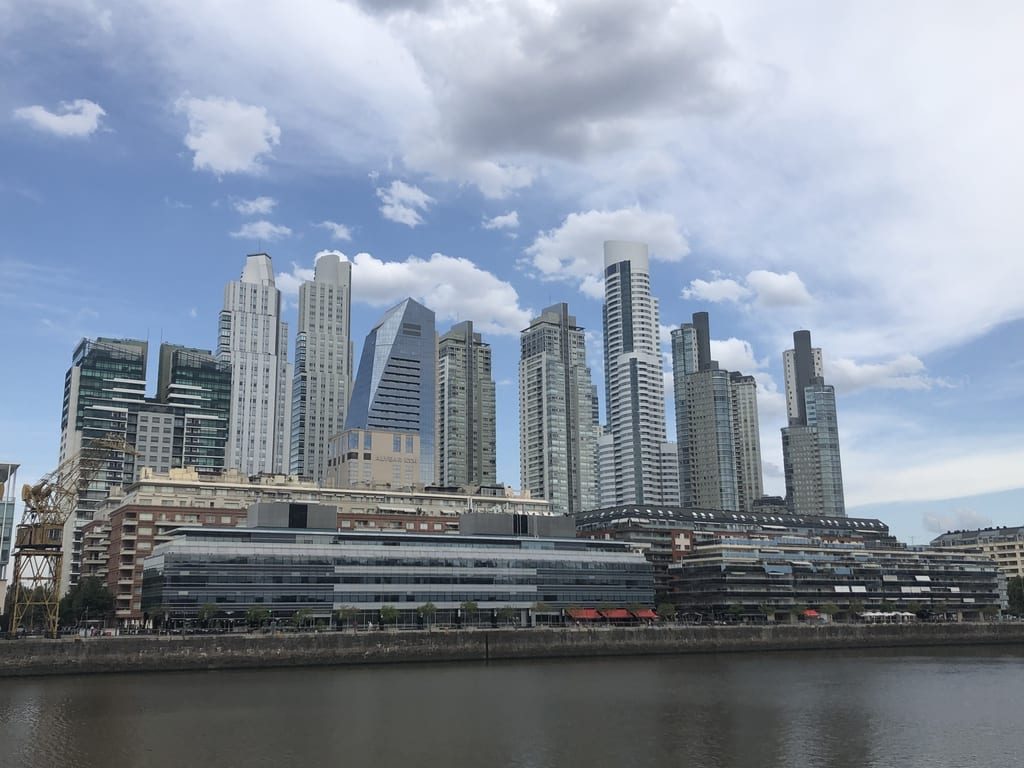
The impressive Puente de la Mujer spans the width of Dique 3 serving as a pedestrian only bridge. Tango dancers inspired its design and it swings like a door on a hinge to let boats pass. The best way to explore this neighborhood is by taking a leisurely stroll along the waterfront with a stop at one of the outdoor cafes for a glass of Malbec and some people-watching.
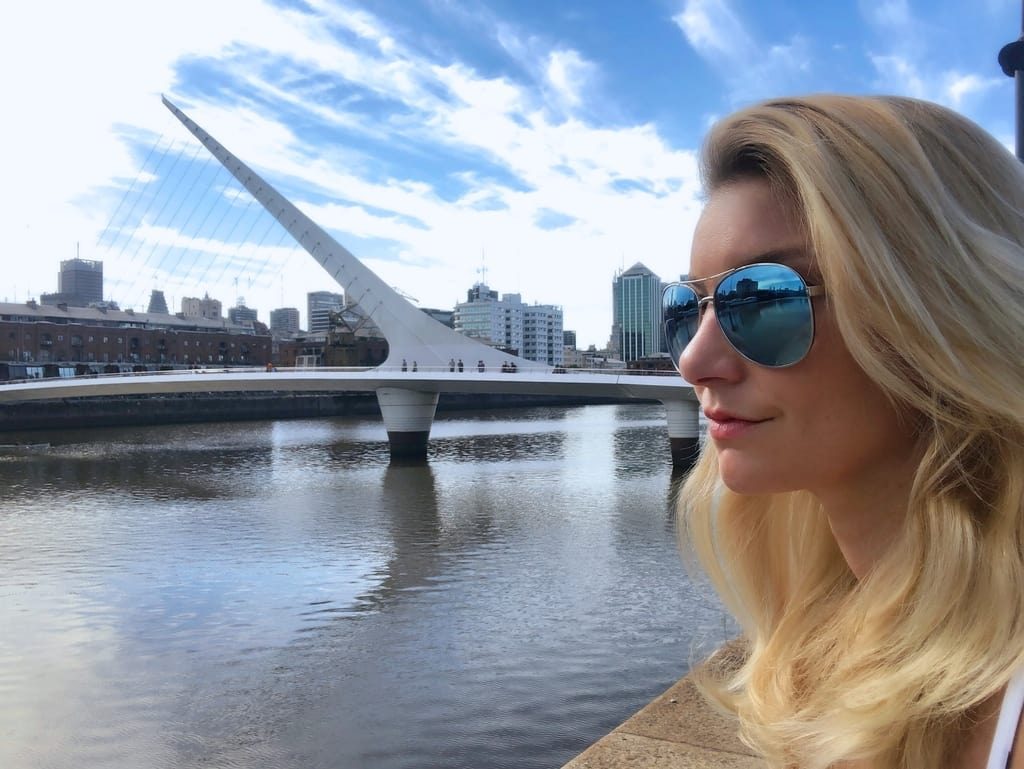
Moving south, San Telmo’s bohemian vibe beckons with cobblestoned streets, pop-up art galleries, antique dealers and colorful street murals. Buenos Aires’ oldest barrio was a poor one, always in the shadows of the city’s more posh neighborhoods to the north… but not anymore as real estate prices are soaring and a San Telmo address is quickly becoming one of BA’s trendiest.
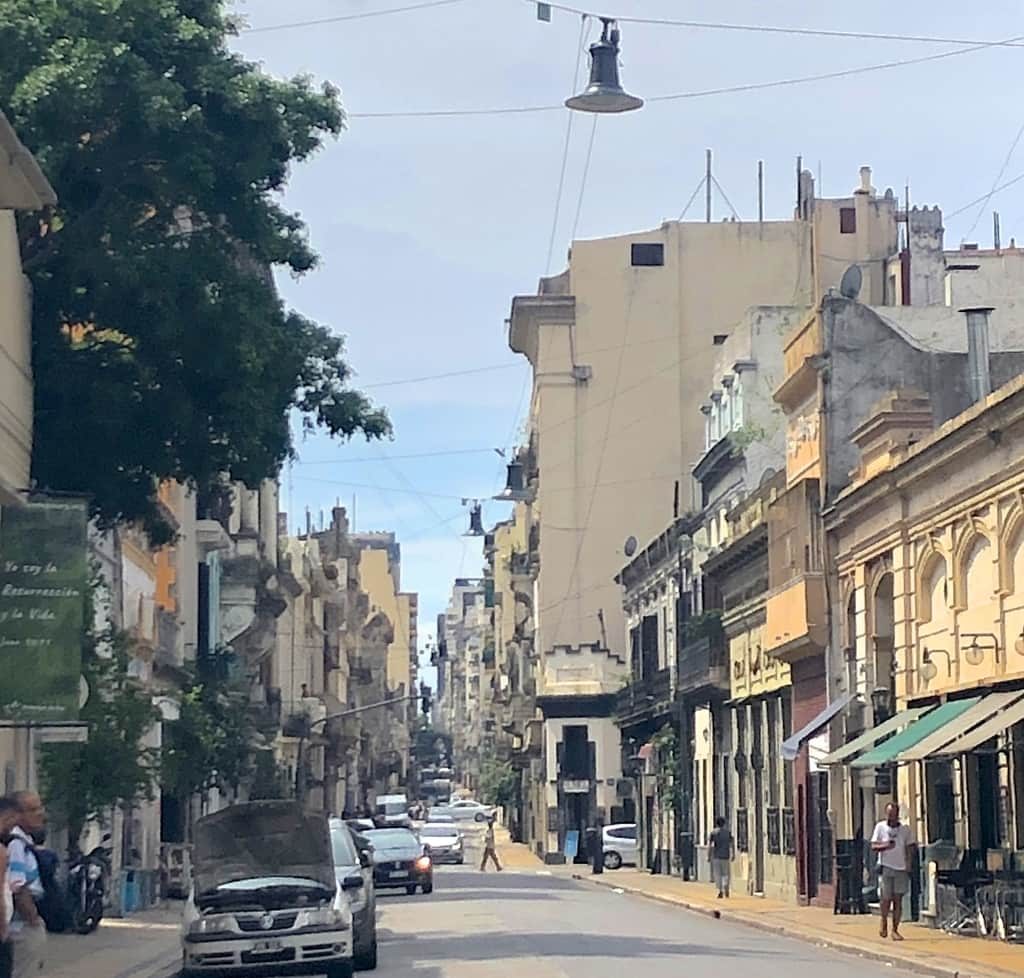
Plaza Dorrego is the unofficial center of the neighborhood, surrounded by colonial buildings housing cafes and restaurants where you can grab an outside table in the square and enjoy a tango street performance. On Sundays, the plaza is transformed into a flea market that spills out onto the surrounding streets and is packed with people browsing for art and antiques.
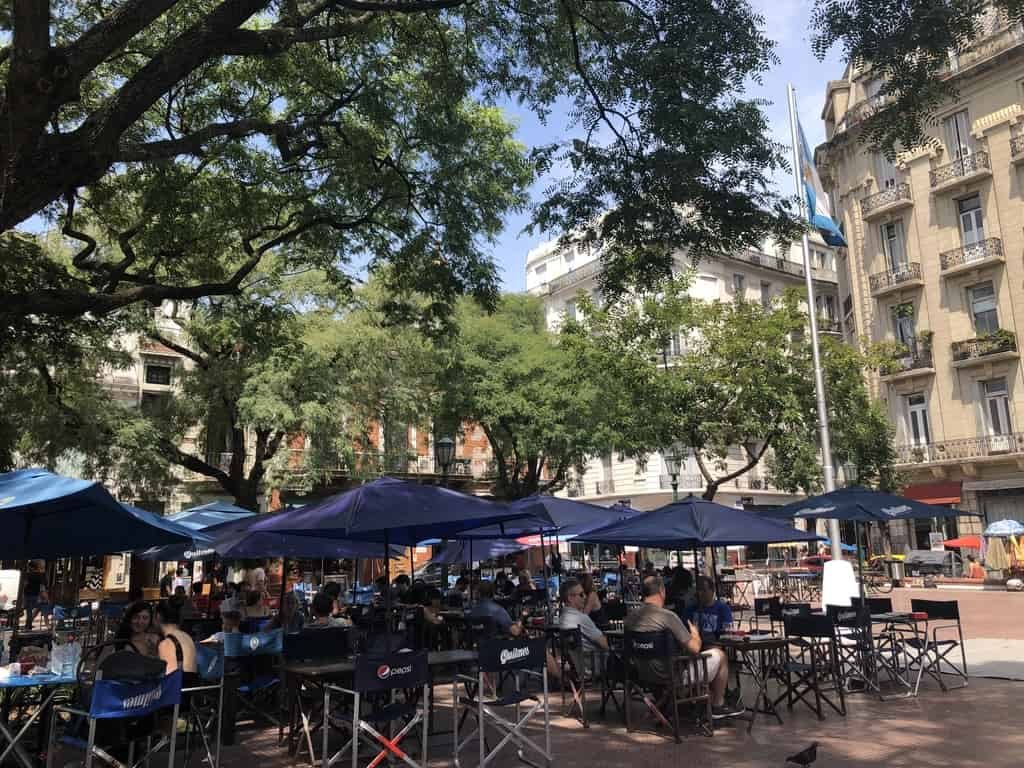
Southeast of San Telmo on the Riachuelo River sits the gritty, working-class neighborhood of La Boca. Once Buenos Aires’ main port, the immigrants who settled here constructed their homes using corrugated metal and brightly colored paints from the shipyard. La Caminto, La Boca’s most famous street, is an open-air museum and offers tourists an opportunity to see these colorful houses in one concentrated block. While the street artists and sidewalk cafes feel like a tourist trap, a stroll through this part of the city’s most colorful and photogenic district can provide a glimpse of La Boca’s history and culture.
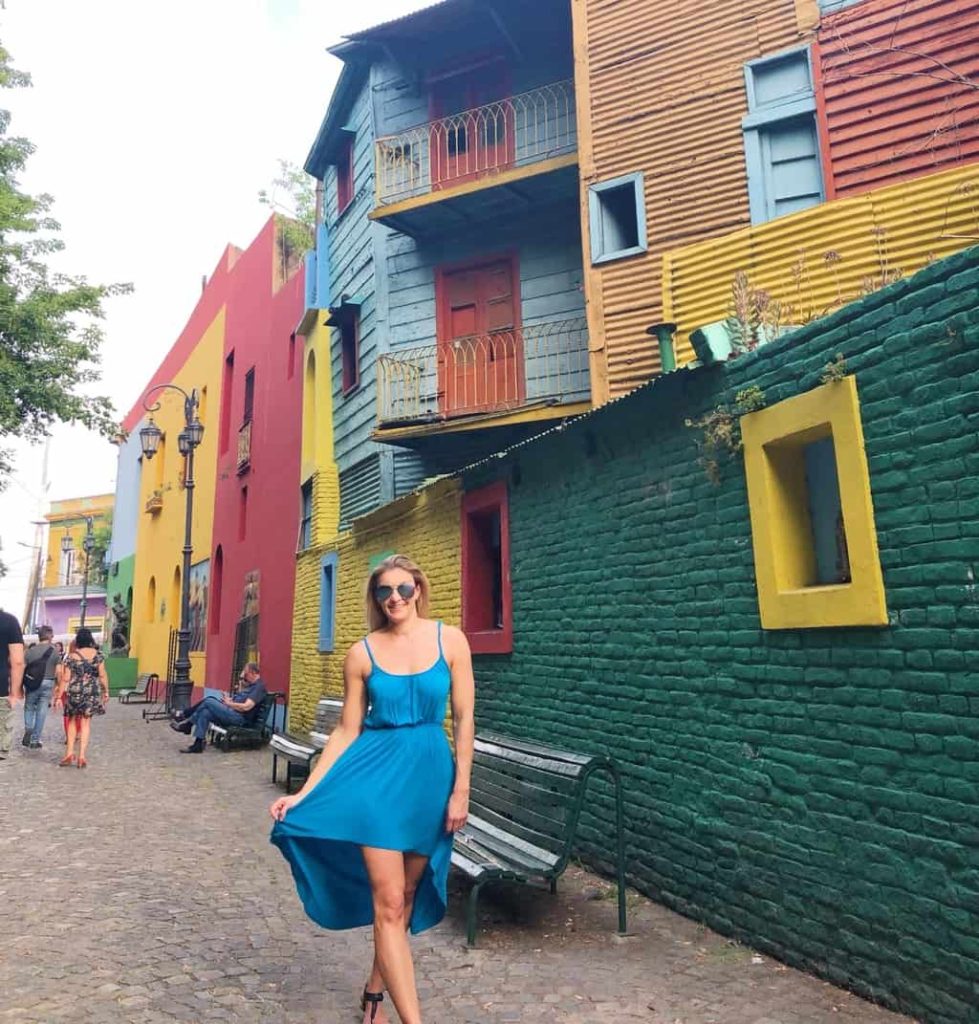
For the locals, the true hub of this neighborhood is La Bombobera, the gigantic yellow and blue stadium the world famous Boca Juniors futból team calls home. As a huge sports fan, I really wanted to experience a live game, but unfortunately none of the BA based teams had home matches while I was in town.
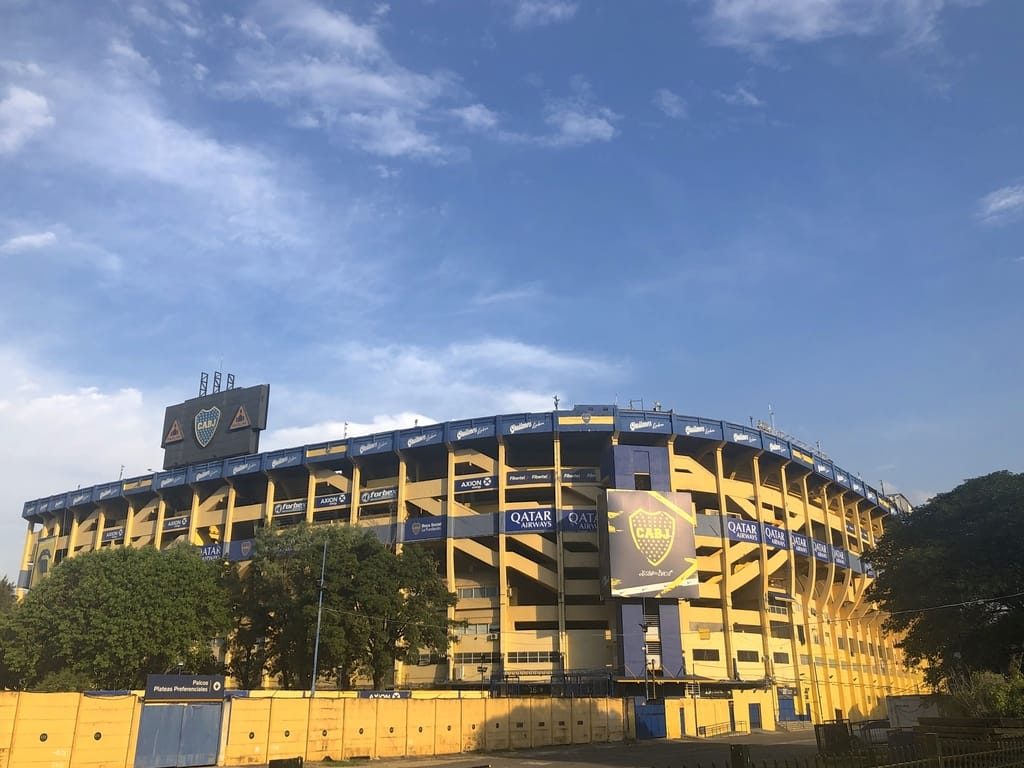
North of the city center lies the affluent neighborhood of Recoleta where the elite live, dine and shop. Distinguished Paris-style townhomes, lavish former palaces, posh boutiques and chic cafes line the elegant avenues. Even the neighborhood’s cemetery is reserved for the wealthy with extravagant tombs and mausoleums said to be the most expensive real estate in town.
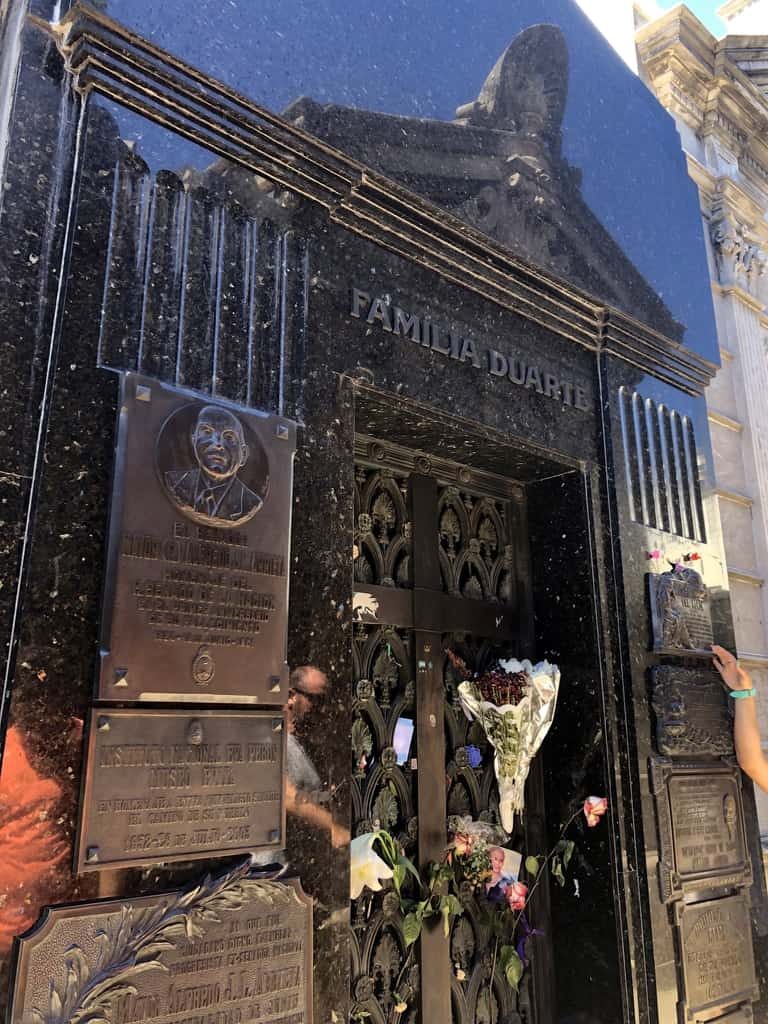
One of the top attractions in BA, the Recoleta Cemetery is the final resting place for Argentina’s most prominent icons, including Eva Perón. It’s easy to get lost in the maze of alleys weaving through the thirteen and a half acres of more than 6,400 elaborately designed tombs. The quality and diversity of the architecture make this feel more like a museum than a walk amongst the dead, which could be why it’s one of the world’s most visited cemeteries.
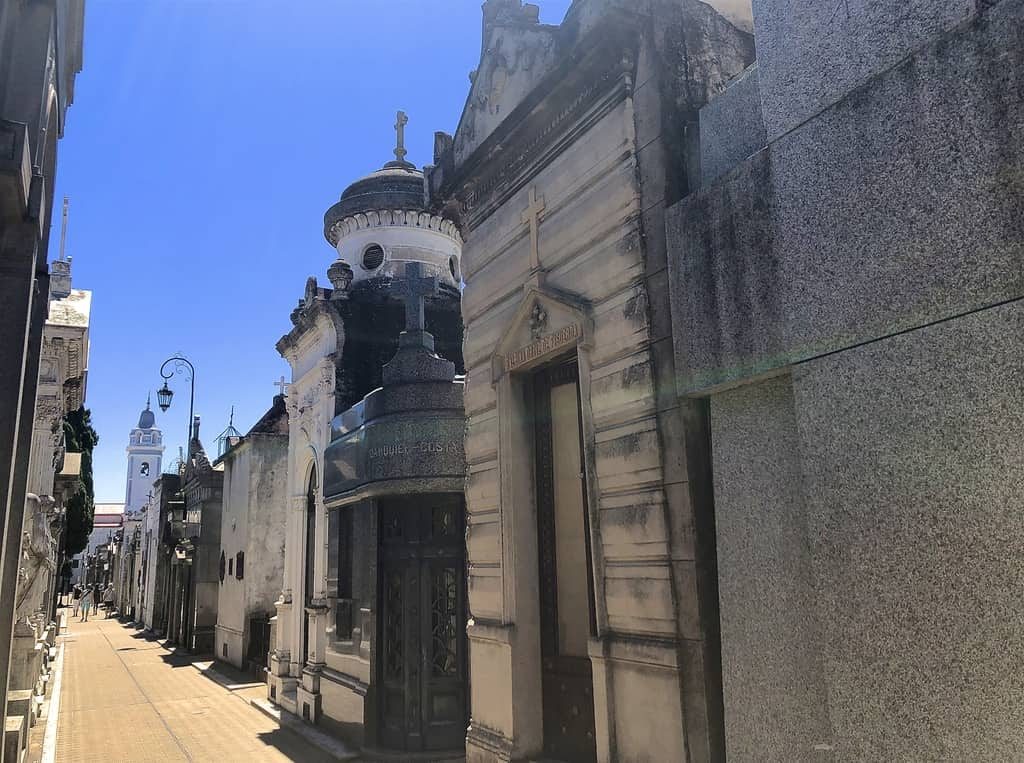
For foodies, party animals, shopaholics and art fans head to Palermo, Buenos Aires’ largest barrio that defines the word “cool”. This neighborhood has it all… parks, museums, galleries, boutique shops, cafes, restaurants, bars and nightclubs. It’s so expansive that it’s divided into sub-districts, the most popular being Palermo Soho known for the hippest nightlife and the trendiest restaurants. This is a good area to spend an afternoon strolling and an evening out. For a relaxing afternoon “head “ to Parque Tres de Febrero to people watch or enjoy the serenity of the botanical gardens. Whatever you desire, you will find something to satisfy that craving in Palermo.
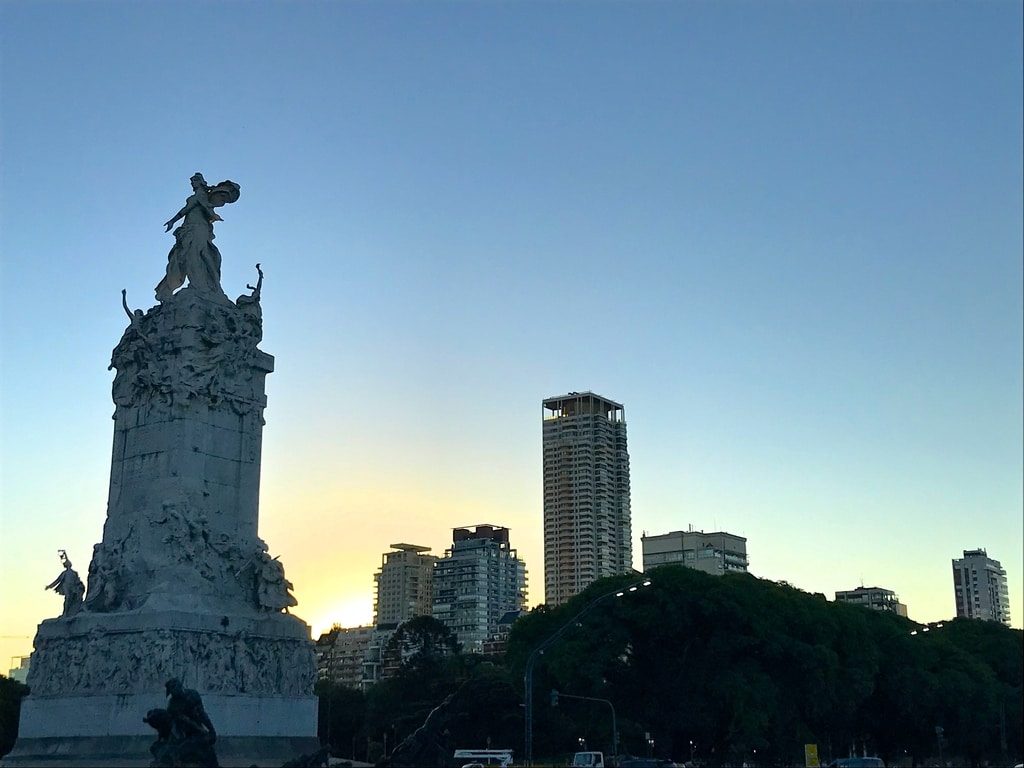
And don’t forget to indulge in Argentina’s famous grass-fed steak over a glass of world class Malbec… but don’t limit yourself to these two popular staples as the dining scene in Buenos Aires goes so much deeper. Everything about this vibrant city will get under your skin and leave you wanting more.